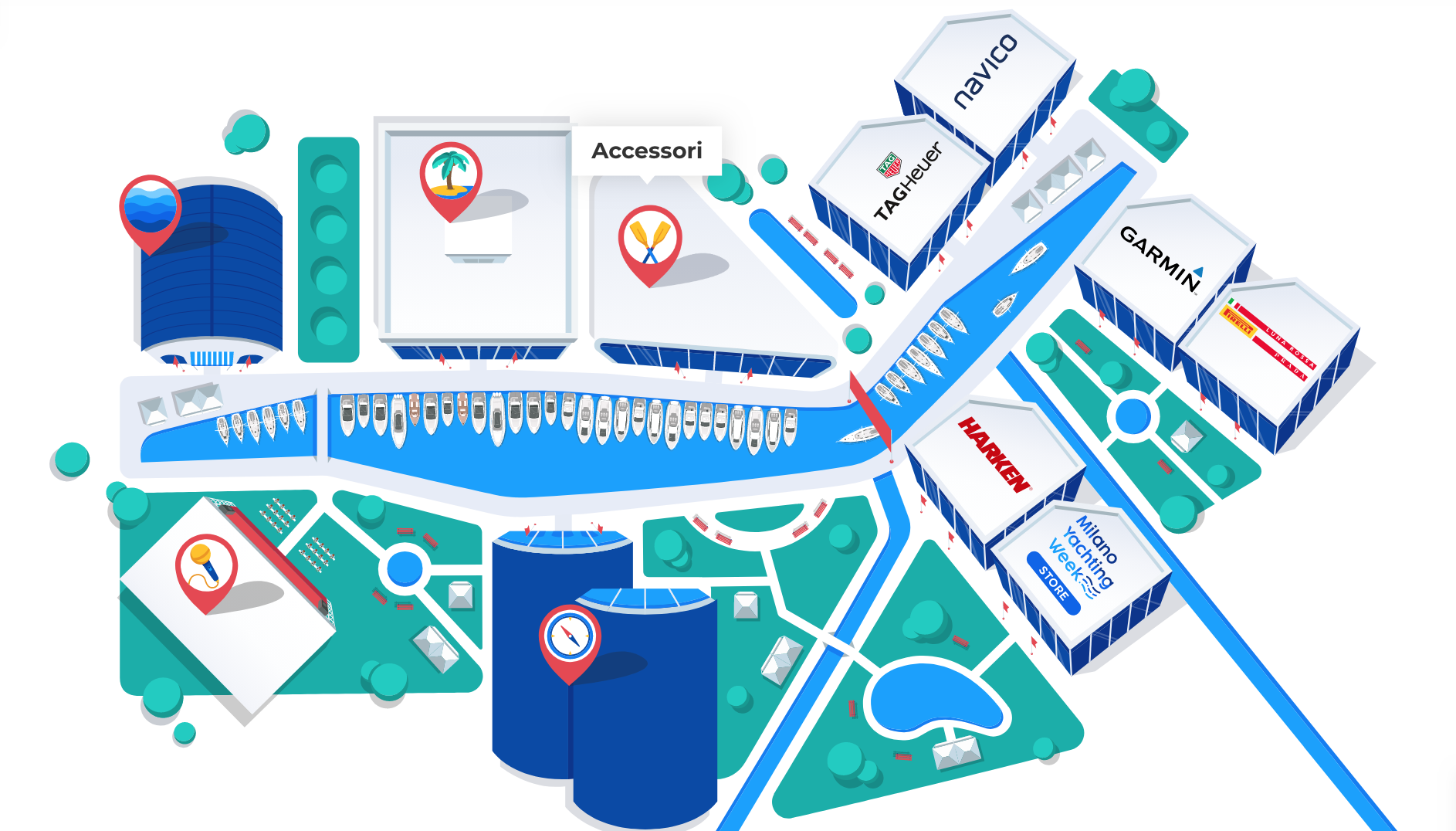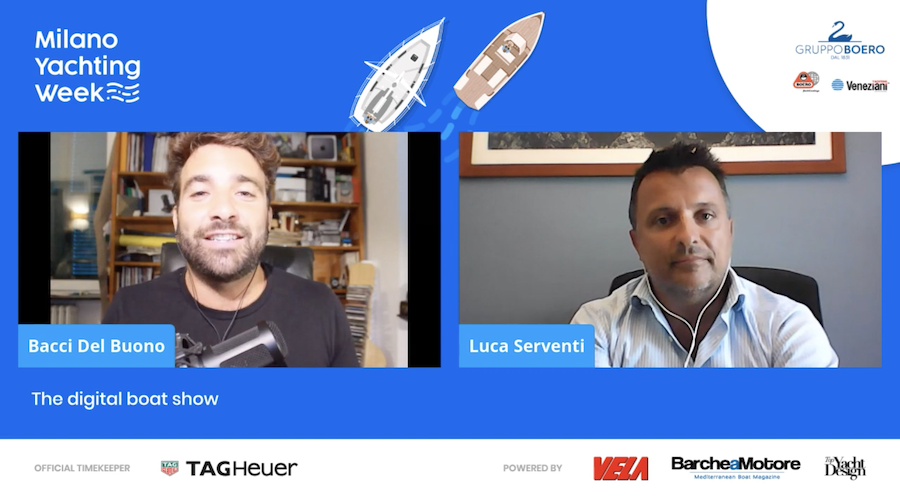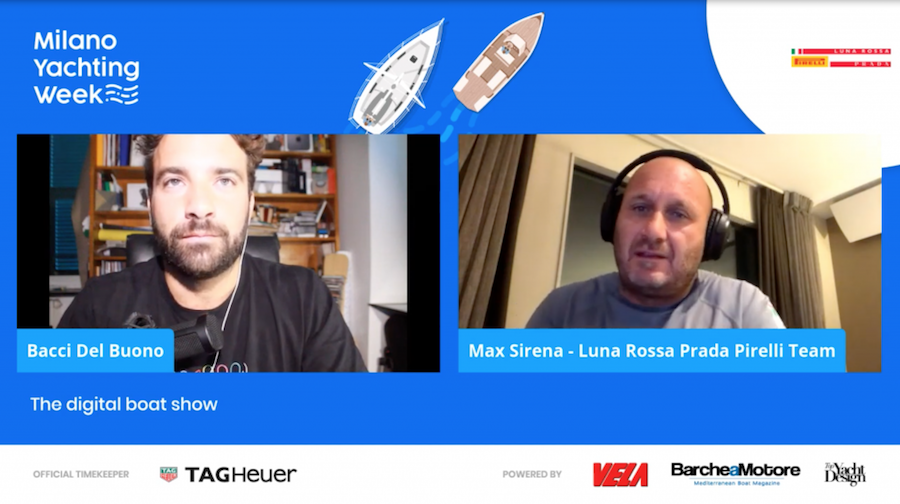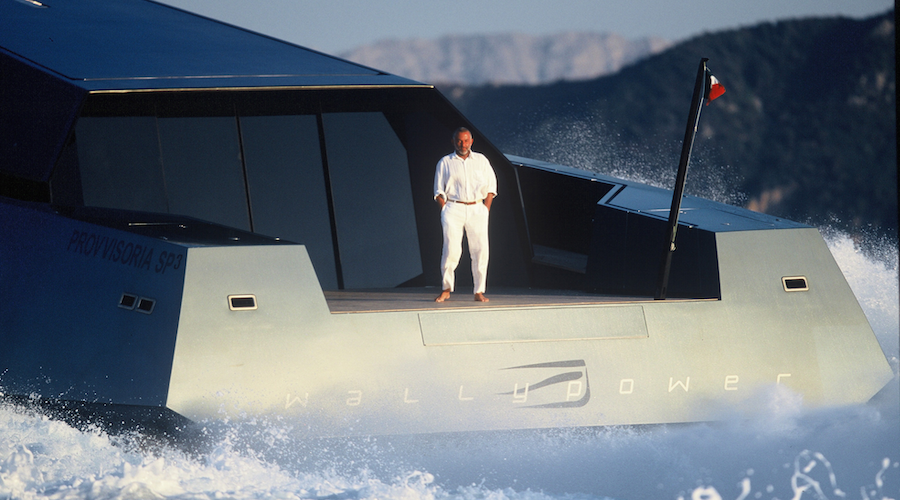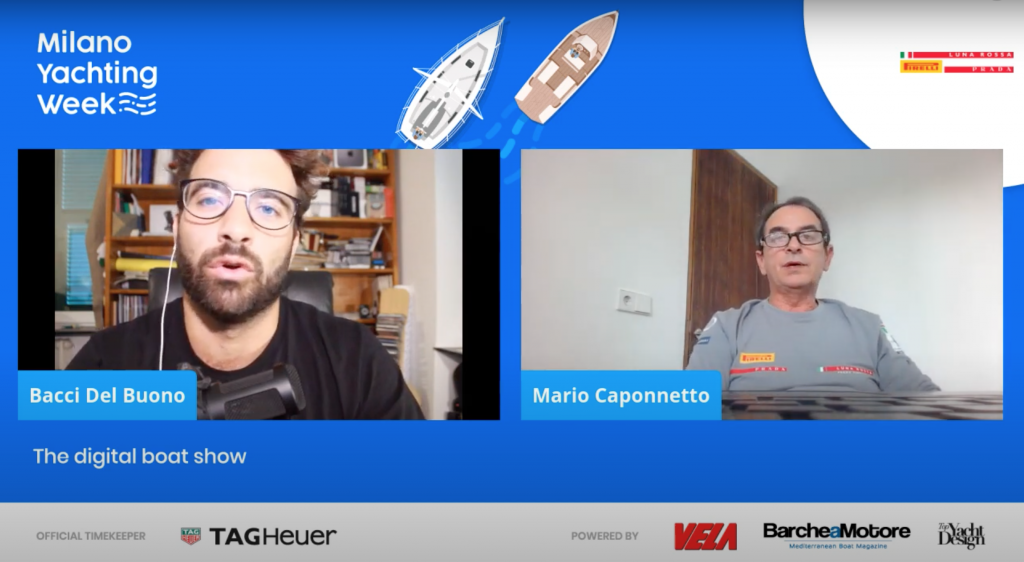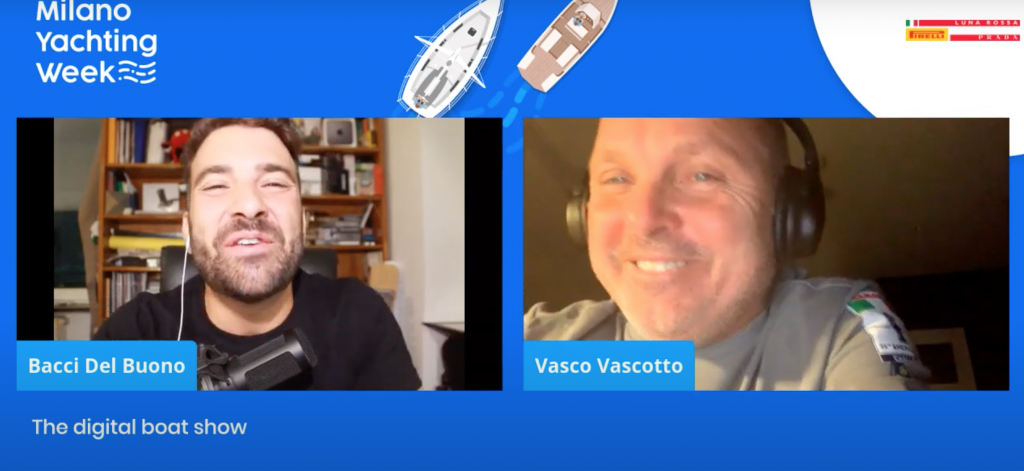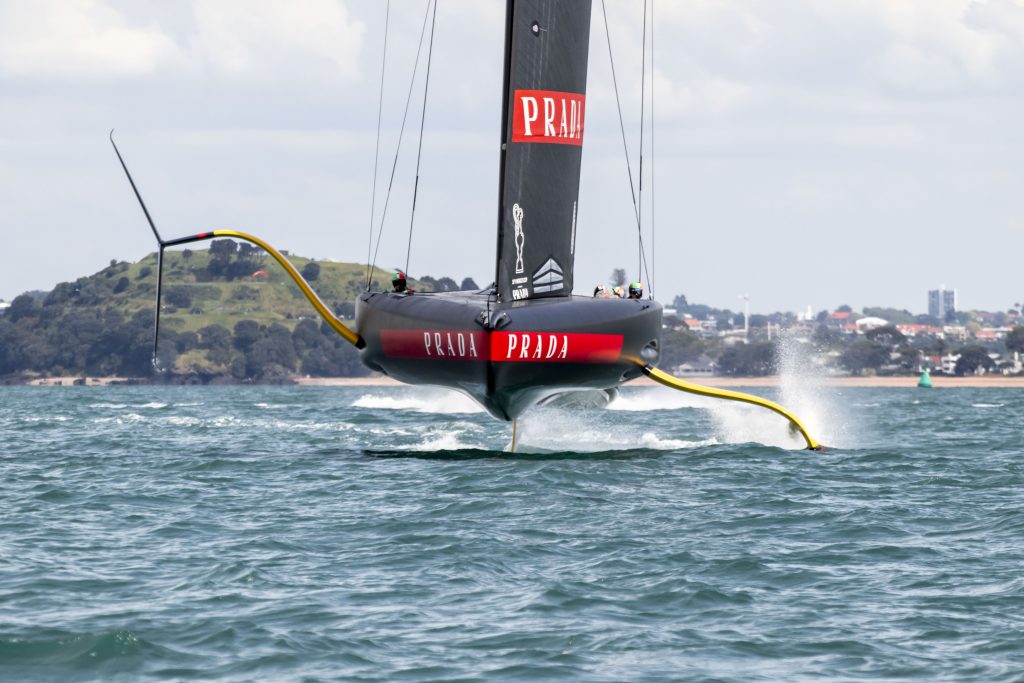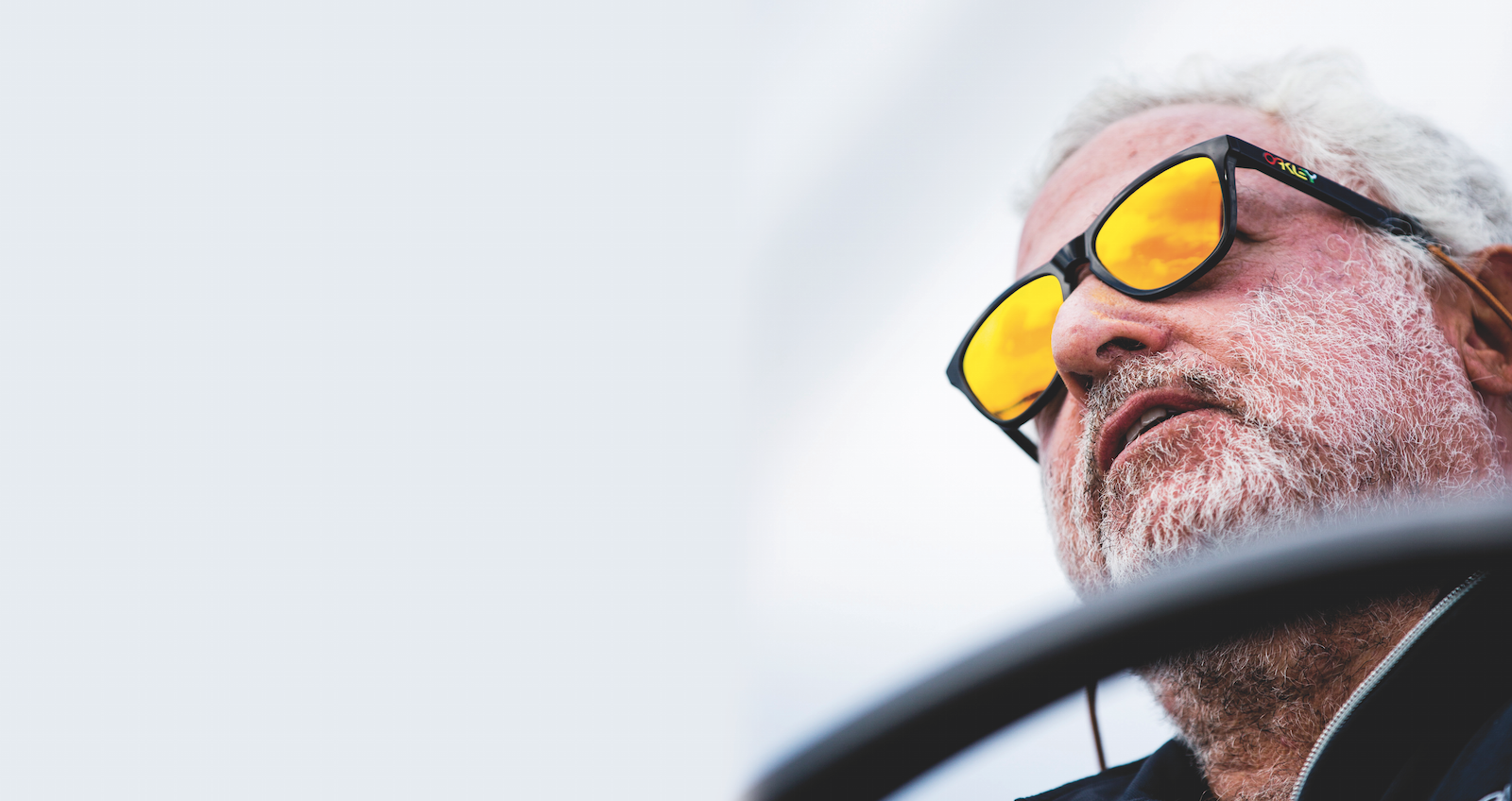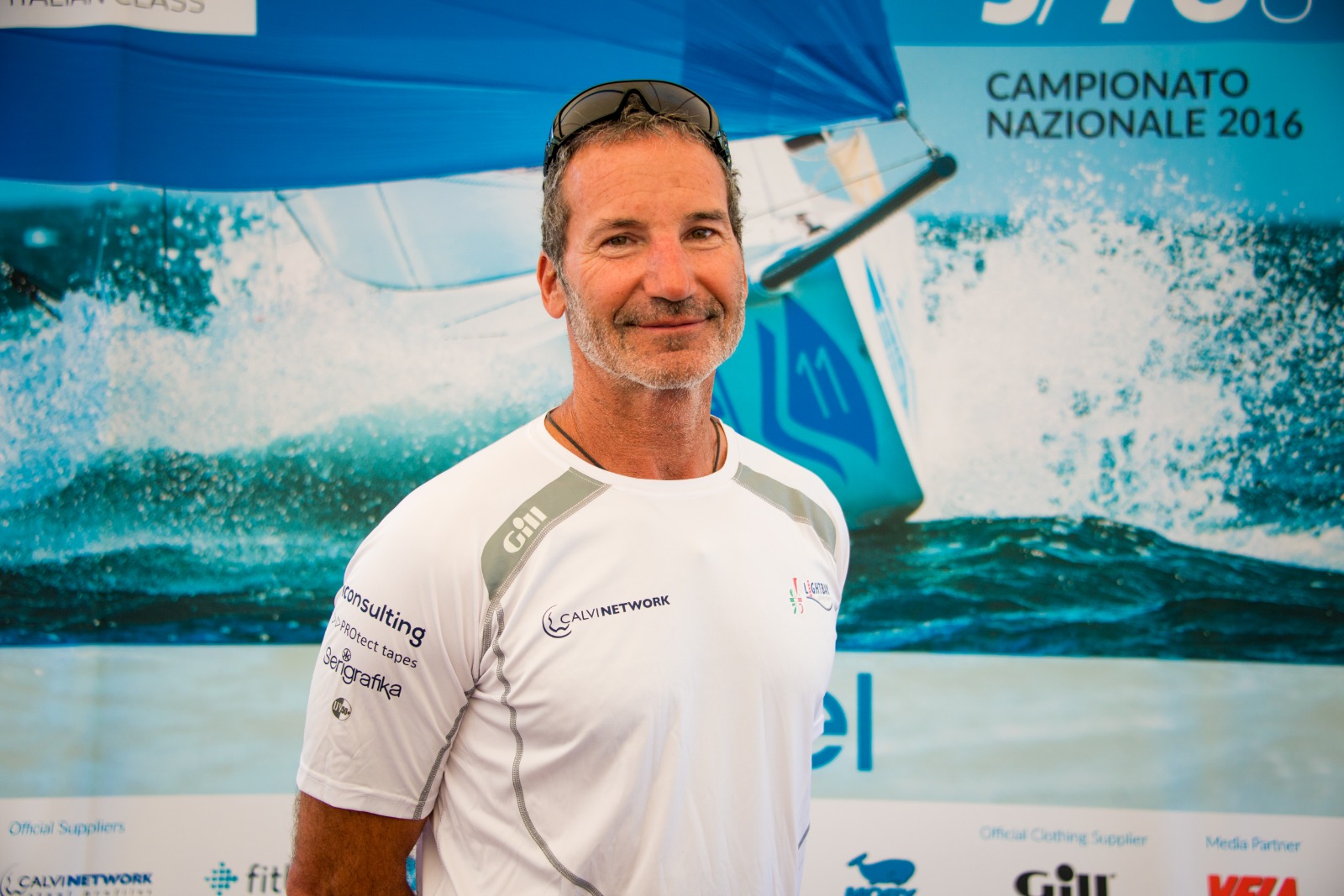It’s about time. We return to see live boats, accessories, the world of boating. From May 29 starts the Salone Nautico di Venezia in an incomparable setting. In September, you’ll be spoilt for choice. It starts from September 7 to 12 with Cannes, then we move to Genoa from September 16 to 21. In the meantime, there is no shipyard that is not equipped to show its boats “live”.
Is this the end for digital boat shows, like our Milano Yachting Week – The digital boat show?
No, and we’ll tell you why.
The growth of the internet: 100 million new users
In these years of Pandemic, a revolution has taken place. The most authoritative research data testify that the increase in the fruition of information through web and social has grown in Europe by 50% compared to 2019. There is more: it is estimated that among the 750 million inhabitants of the European Union, the use of the internet has grown from 70% to 83% of the total population. We are talking about almost 100 million new users in the age range of 8 to 85 years.
A study by global automakers showed that the growth of digital pre-sales information about new car models grew by 25% over 2019. Used car sales sites have exploded. Today, 75% of used car sales occur through information gathered on the internet.
Digital and physical mix is the way to go
But it’s not true that the use of the internet as a source of information, has “killed” the actual sales channel, quite the contrary.
One example is that of the car manufacturer Stellantis (which groups together the FCA, Peugeot and Citroen brands), which has just cancelled its contracts with its Italian dealers. The aim is not to eliminate the physical sales network. Instead, it is to adapt it to the changed scenario, i.e. to integrate the digital world with the physical one.
In simple terms, as an analysis of the world’s largest eyewear manufacturer, Essilor-Luxottica, has well highlighted, the aim is to create a new virtuous circle in which the preventive information of the formidable digital tool, always available anywhere and at any time, is supplemented by a physical visit to a place where the product can be seen and, above all, tried on. Because it is impossible for the real test of a pair of glasses to see if they “look good” on me to be replaced by a virtual visit to the product, via digital technology.
In short, summarizing, we can say that no one is so crazy as to think that the real experience can replace the digital one.
So how do you integrate the digital with the real to create a new win-win situation for both the company and the audience?
How do you integrate the digital and real experience
We in our own small way, with our digital boat show Milano Yachting Week – The digital boat show are trying. With unexpected results.
Here are the numbers, which never lie.
Milano Yachting Week (data as of May 27) was visited in 255 days by 255,000 people who saw a total of 1,255,000 products.
No physical show, which lasts only a few days, can boast these numbers. Cannes claims (2019) 51,000 visitors, Genoa (2019) 150,000 visitors. The most visited show in the world remains Dusseldorf with 250,00 visitors (2019).
So, is it better for a company to be present at a digital show instead of a physical one? No, absolutely not. The dual experience for the user complements each other. As demonstrated by the examples from the automotive and eyewear worlds, you have to distinguish and create an integration between the two channels. With the sole objective of showing possible buyers the goodness and peculiarities of their products.
The logical process works like this
In simple terms, the logical process is this: how and when I want to, I find out about the products that interest me in a digital space (virtual boat show) where I find the products that attract me in a single, large “showroom”, where I can also compare them.
Once I’ve refined my search, I identify the products that interest me most and contact the company for more information or to make a physical visit to see the product live.
If I still haven’t made up my mind, I take the opportunity to visit a real boat show where, in a pleasant “vacation” atmosphere, I can compare several products that interest me. And then … I buy or postpone the choice. And that’s where the digital/real-world virtuous circle starts again.
That’s why the return of boat shows and real visits should be viewed positively even for those who, like us, organize a digital show, Milano Yachting Week. We are not a competitor, but a support that, it is now certain, is indispensable. For operators and for the public.

